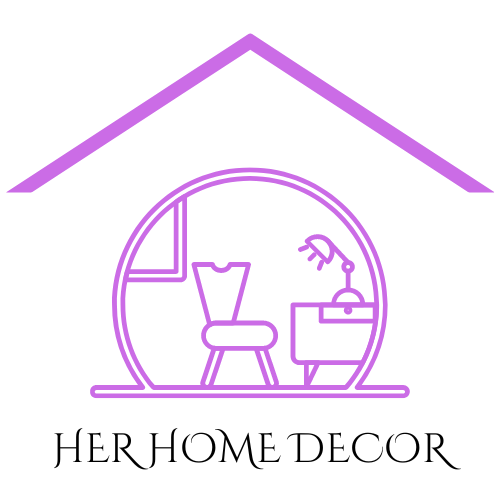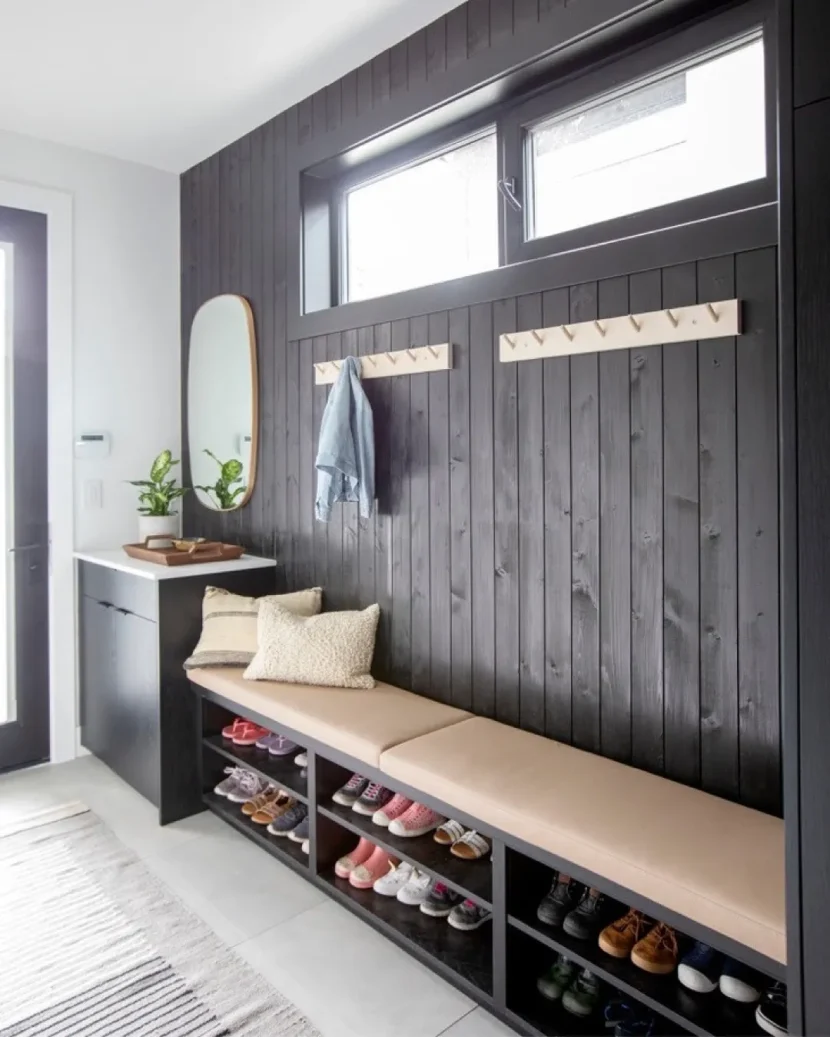The Ultimate Guide to Mudroom Entryway Décor and Design
Mudrooms have evolved from simple utility spaces to multifunctional entryways that set the tone for your home. Whether you’re battling the elements or just looking for a spot to organize daily clutter, a well-designed mudroom can make a significant difference. Let’s explore how to create a mudroom that is both functional and stylish, ensuring it becomes a welcoming and efficient entry point for your home.
Understanding the Mudroom’s Purpose
Before diving into design specifics, it’s important to understand the mudroom’s role in your home:
- Transitional Space: It acts as a buffer zone between the outdoors and your living areas, helping to keep dirt, mud, and moisture out.
- Storage Hub: It provides storage for coats, shoes, bags, and other outdoor gear, keeping your main living areas clutter-free.
- Organization Center: It can be a command center for family activities, with spots for mail, keys, and daily essentials.
Key Elements of a Well-Designed Mudroom
1. Flooring
Durability: Choose materials that can withstand heavy foot traffic and are easy to clean. Options include ceramic tiles, vinyl, and natural stone.
Style: Opt for designs that complement the rest of your home. Consider heated floors for added comfort during colder months.
2. Storage Solutions
Built-in Cabinets and Shelving: These provide ample storage and can be customized to fit your space and needs.
Cubbies and Lockers: Ideal for families, these individual compartments help each family member keep their belongings organized.
Benches with Storage: Benches offer seating while providing hidden storage for shoes, gloves, and hats.
3. Hooks and Racks
Wall Hooks: Perfect for hanging coats, bags, and accessories. Arrange them at different heights for both adults and children.
Shoe Racks: Keep shoes organized and off the floor. Consider adjustable racks to accommodate different shoe sizes.
4. Seating
Bench Seating: Essential for putting on and taking off shoes. Built-in benches can also offer additional storage underneath.
Chairs or Stools: If space allows, add extra seating for convenience.
5. Lighting
Natural Light: Maximize natural light with windows and glass doors to make the space feel larger and more welcoming.
Task Lighting: Use overhead lighting, wall sconces, or pendant lights to ensure the area is well-lit, especially during darker months.
Accent Lighting: Add warmth and ambiance with under-cabinet lighting or decorative fixtures.
Design Tips for a Stylish Mudroom
1. Color Palette
Neutral Tones: Opt for neutral colors like white, beige, or gray for a clean and timeless look. These colors also make small spaces appear larger.
Accent Colors: Introduce pops of color through accessories like cushions, rugs, or artwork to add personality and warmth.
2. Materials and Textures
Natural Materials: Incorporate wood, stone, or wicker for a warm and inviting feel.
Mix and Match: Combine different textures, such as a plush rug on a tiled floor or a wooden bench with metal hooks, to add visual interest.
3. Personal Touches
Artwork and Décor: Add artwork, family photos, or decorative pieces that reflect your style and make the space feel like an extension of your home.
Greenery: Include plants or fresh flowers to bring life and color to the mudroom.
4. Functionality
Dual-Purpose Items: Choose furniture and accessories that serve multiple purposes, such as a mirror with hooks or a chalkboard calendar that doubles as wall art.
Easy Maintenance: Select materials and finishes that are easy to clean and maintain, ensuring your mudroom stays looking fresh and tidy.
Small Mudroom Design Ideas
For homes with limited space, a small mudroom can still be functional and stylish:
Vertical Storage: Utilize wall space with tall cabinets, shelving, and hooks.
Slim Furniture: Opt for narrow benches and slim storage units that don’t take up too much floor space.
Mirrors: Use mirrors to create the illusion of a larger space and reflect light.
Some Excellent Mudroom Entryway Design To Recreate
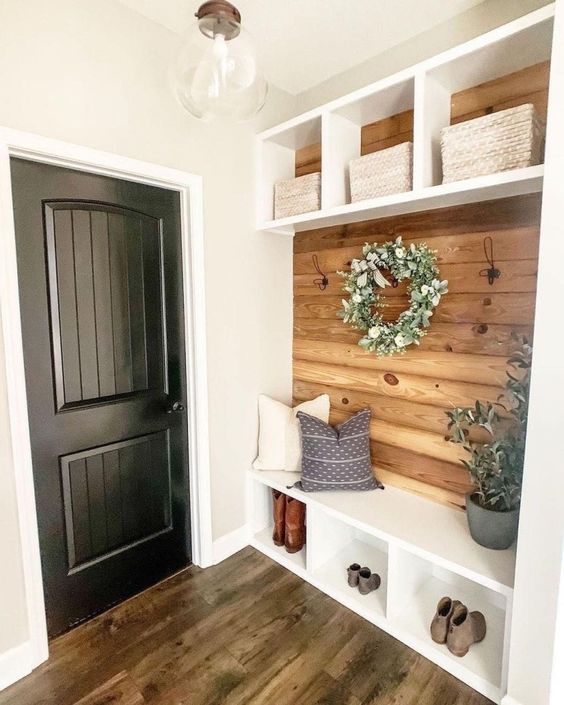
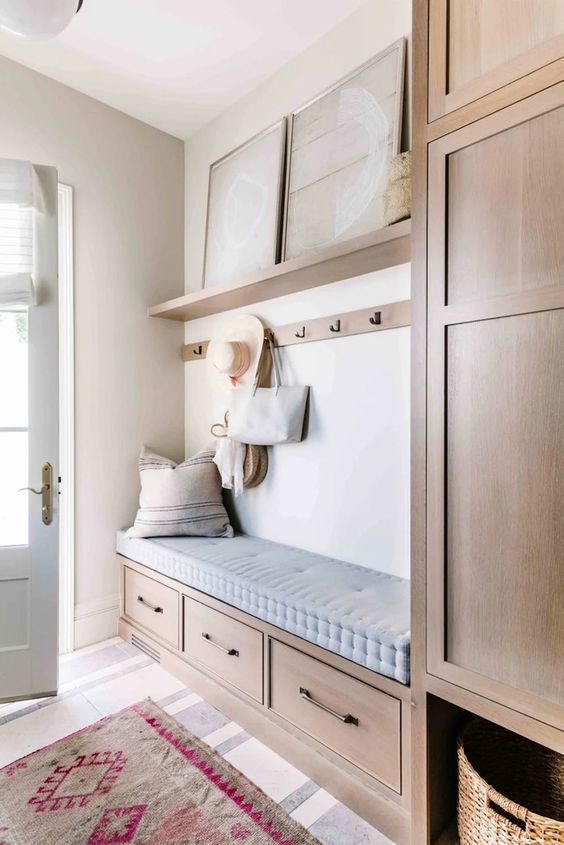
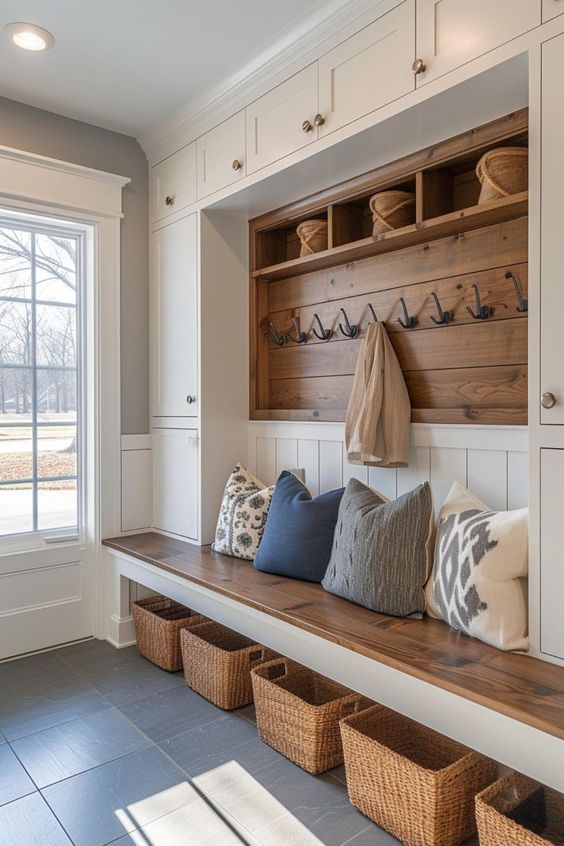
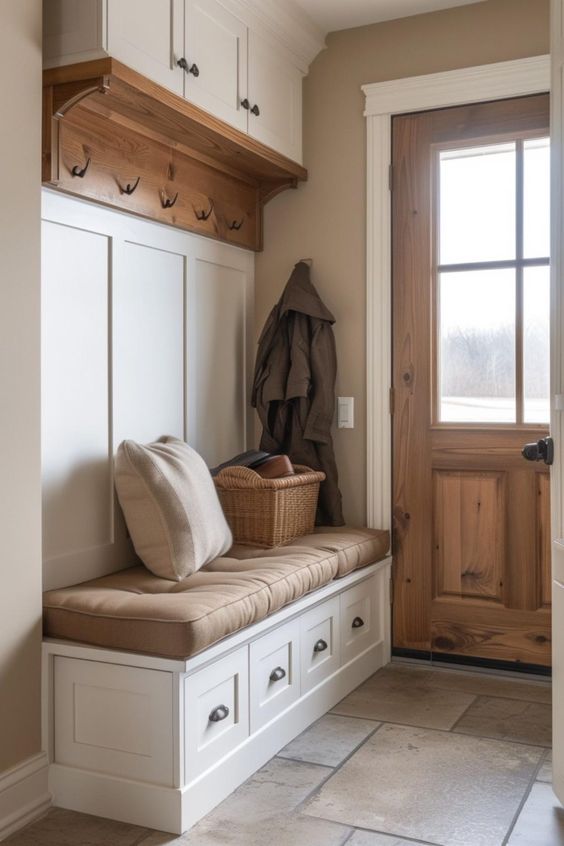
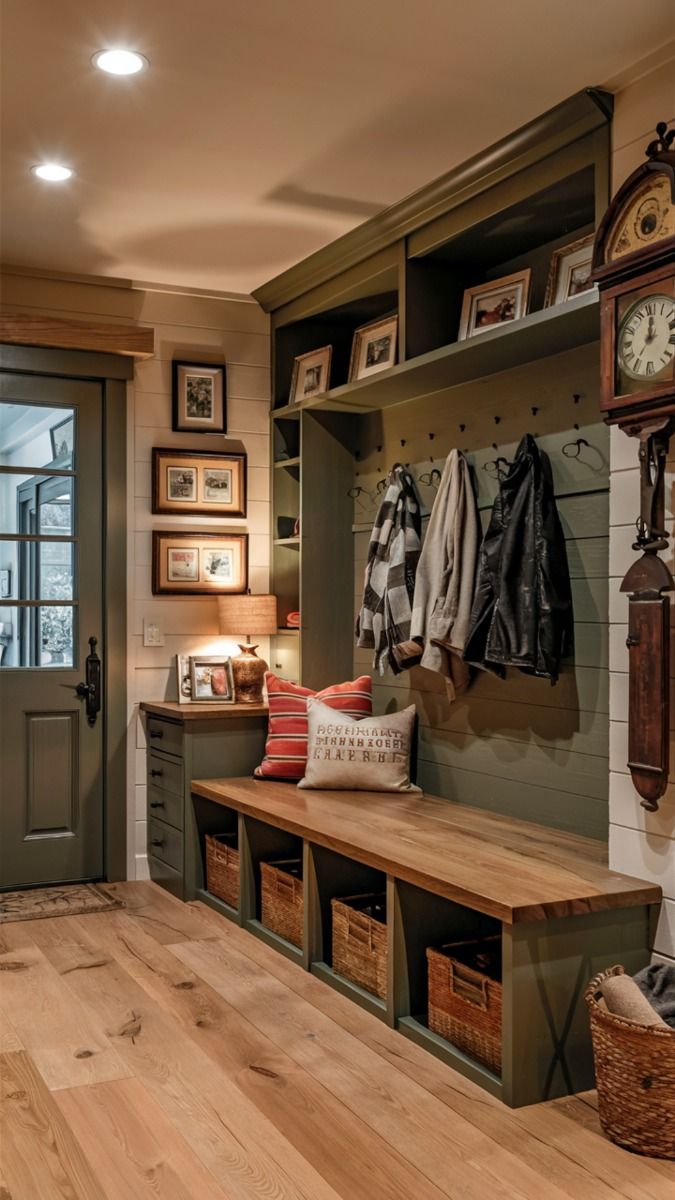
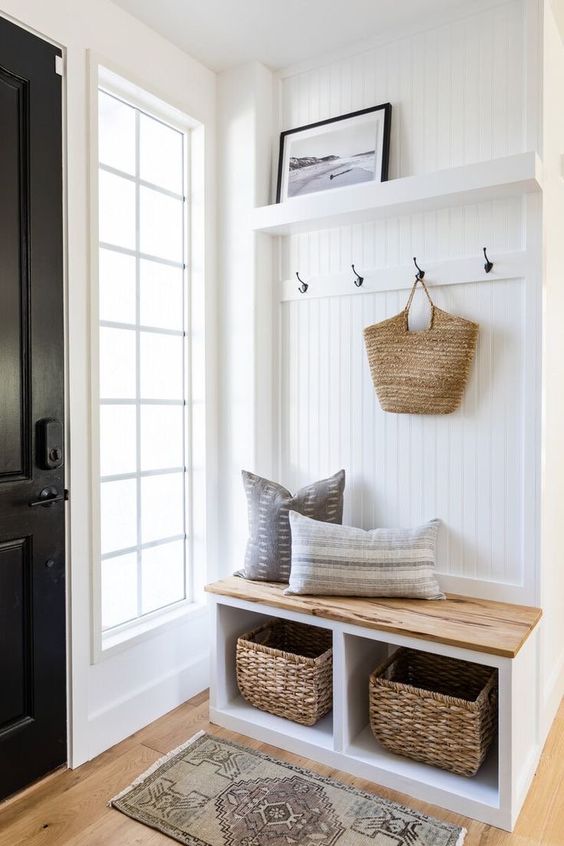
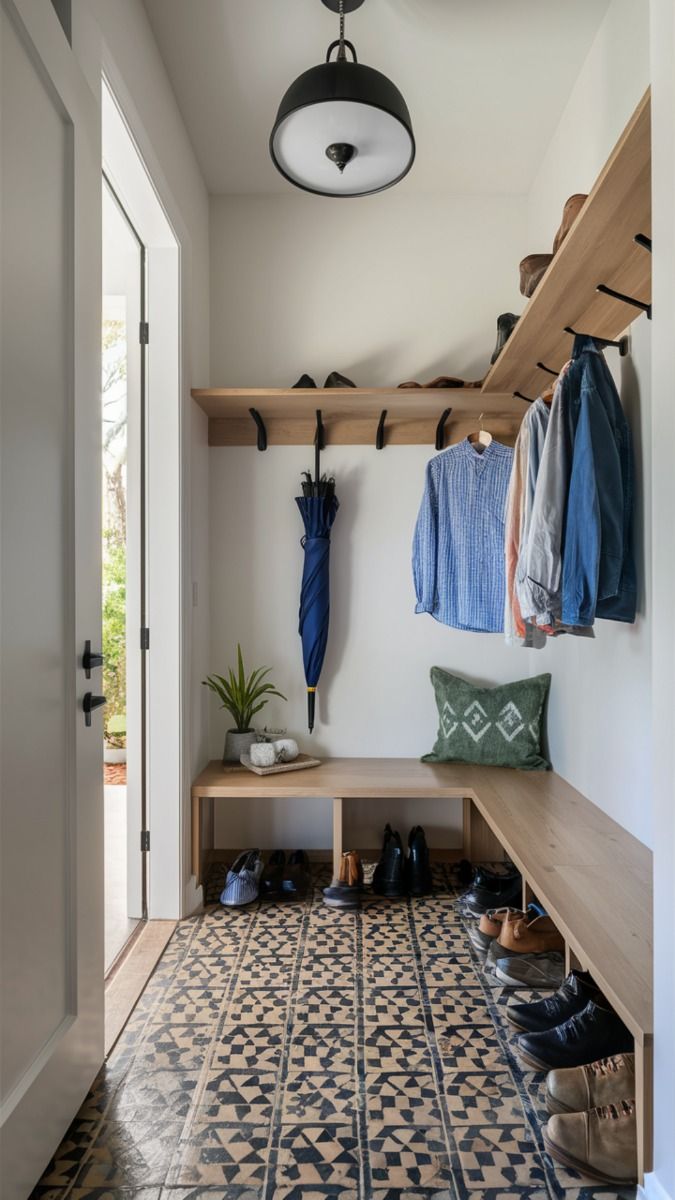
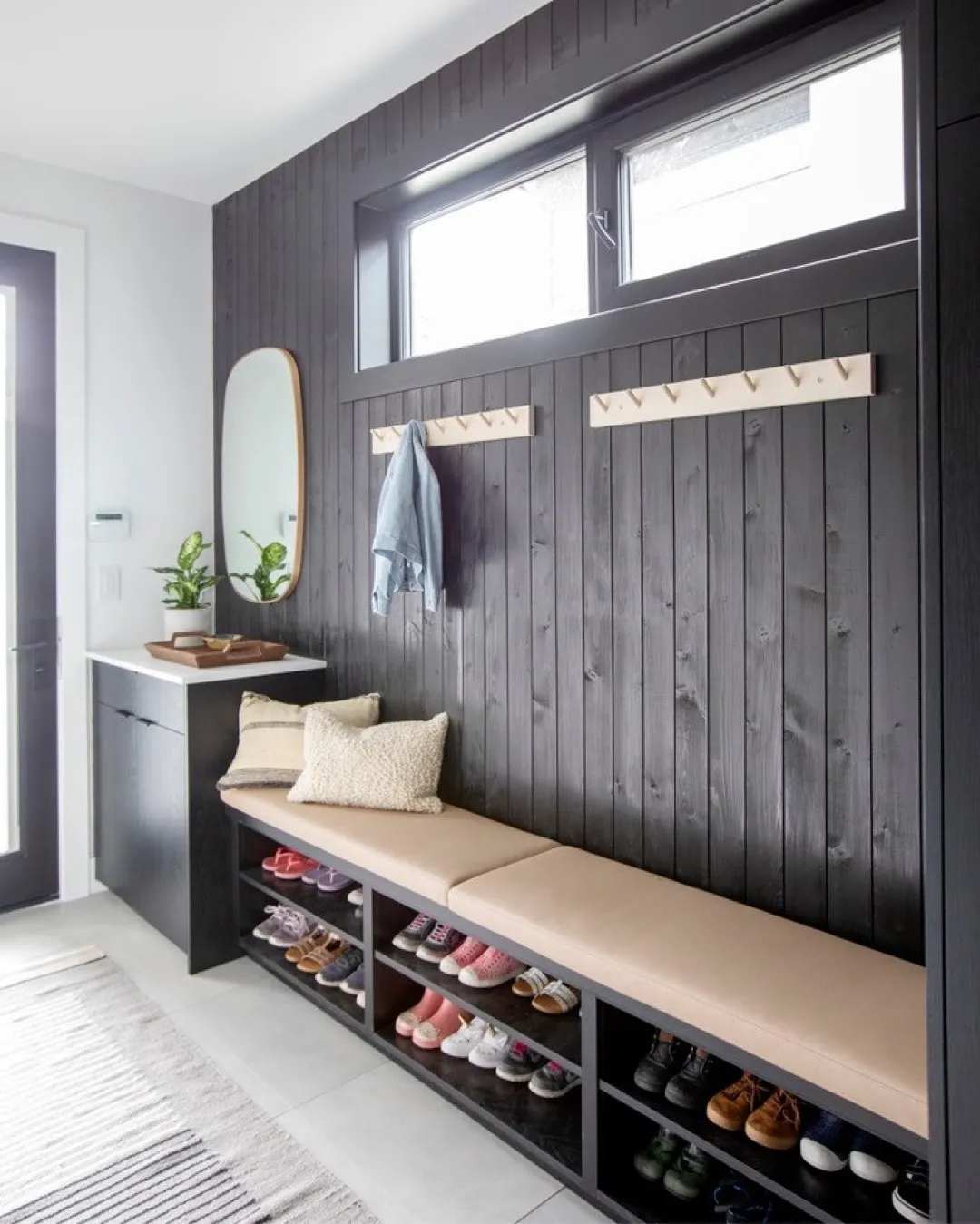
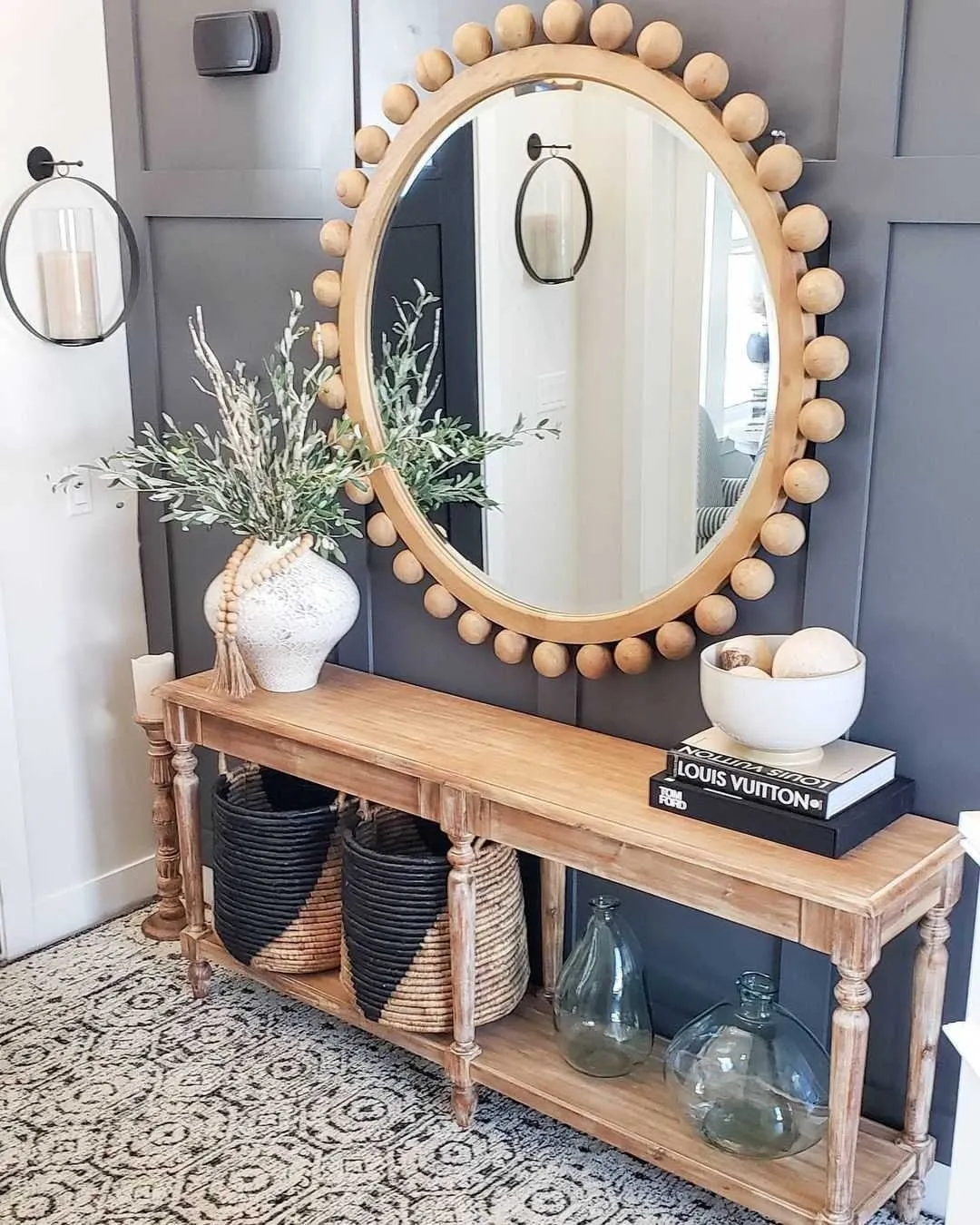
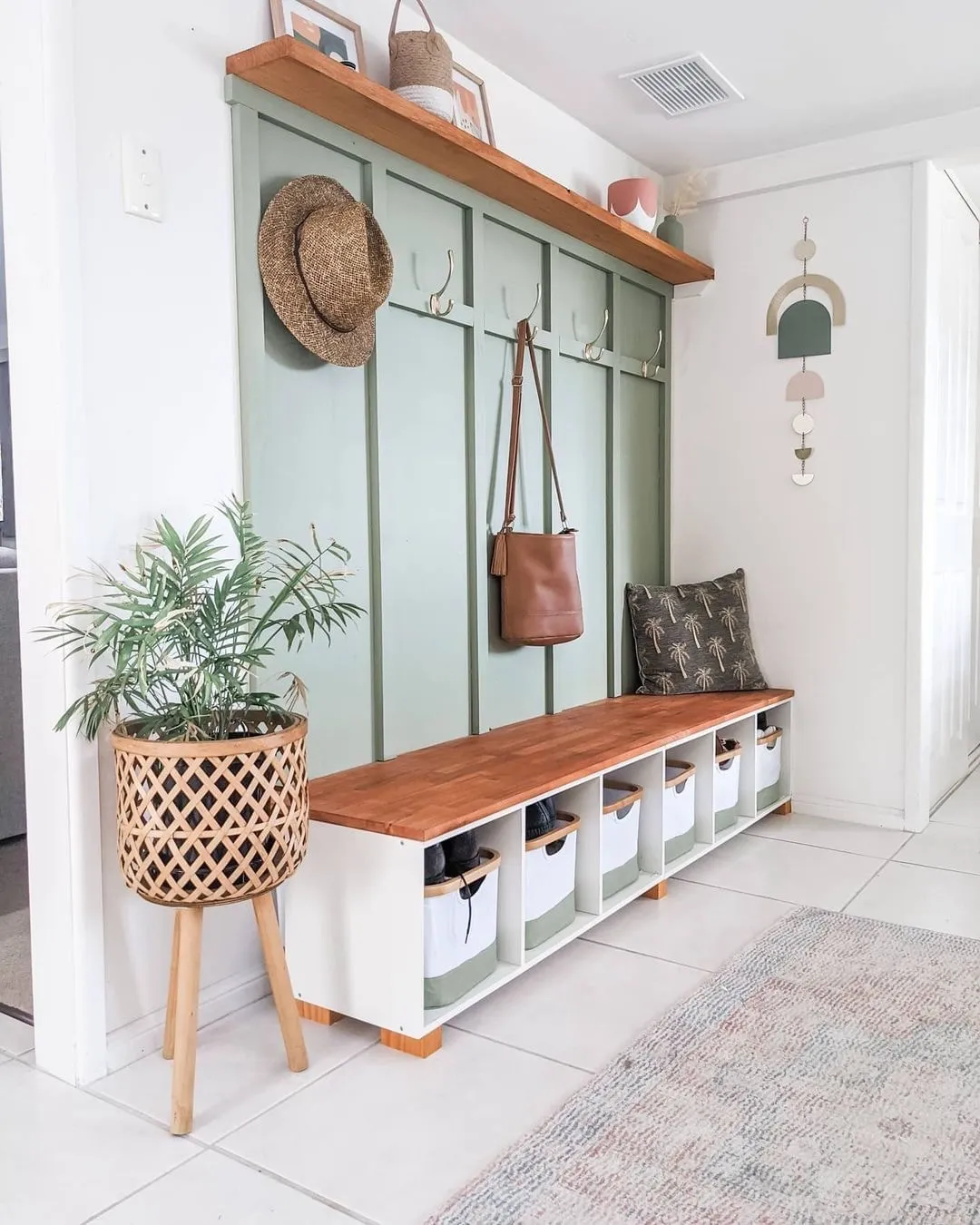
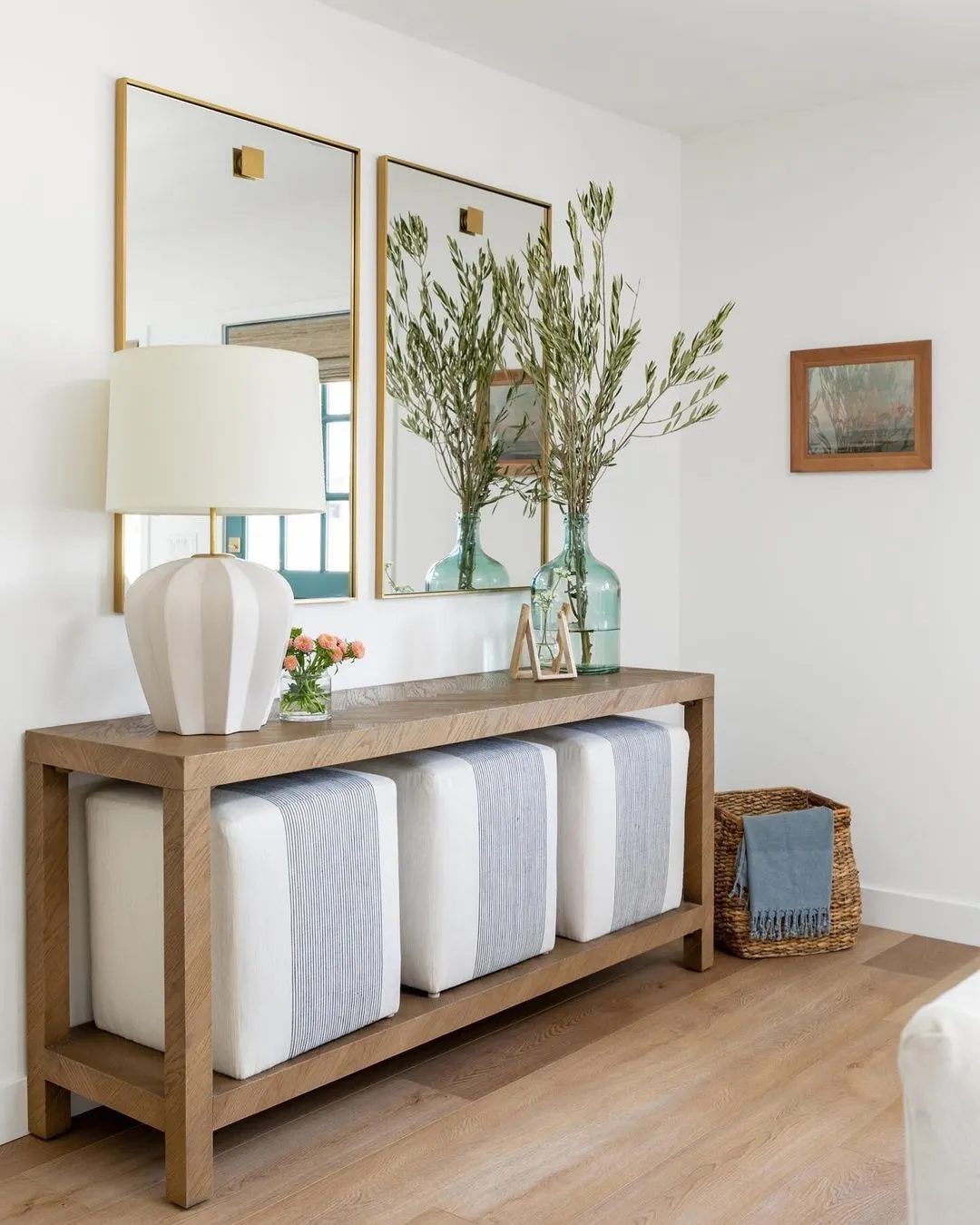
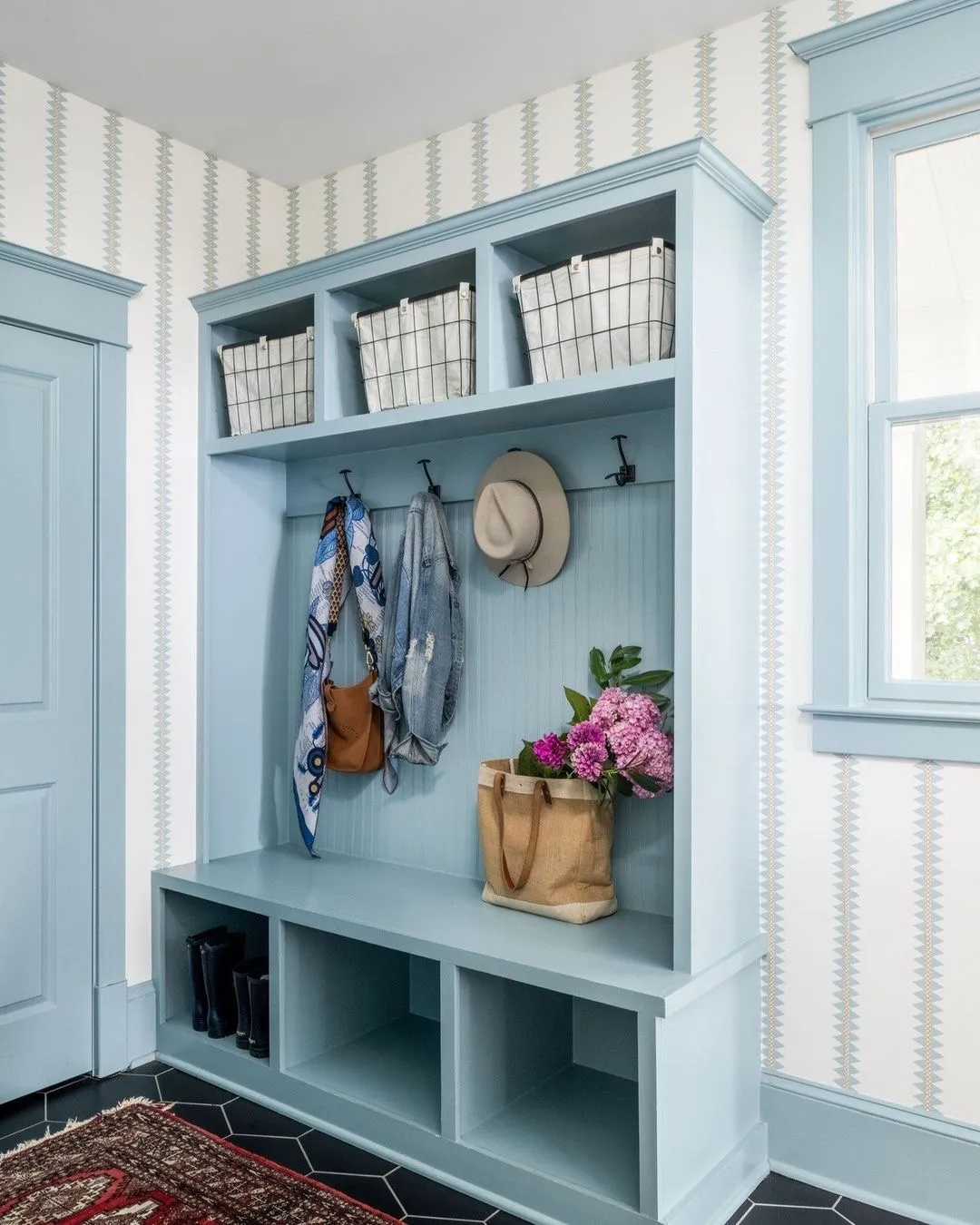
A well-designed mudroom entryway is more than just a practical space—it’s an opportunity to make a great first impression and set the tone for your entire home. By focusing on functionality, choosing the right materials, and adding personal touches, you can create a mudroom that is both stylish and efficient. Embrace the potential of this transitional space, and let it become a seamless part of your home’s design.
